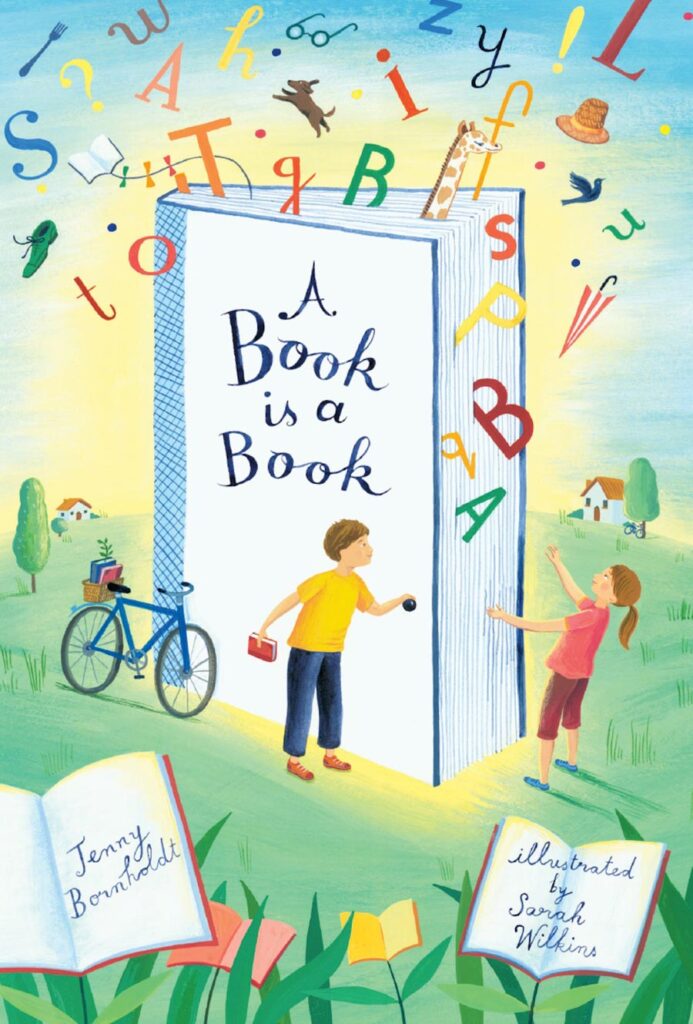
Dr Dominic Walliman and Ben Newman(text), Ben Newman (illus.), Professor Astro Cat’s Atomic Adventure: a journey through physics, Flying Eye Books, 1 June 2016, 64pp., $29.99 (hbk), ISBN 9781909263604
Professor Astro Cat’s Atomic Adventure is a large, almost square picture book which aims to explain physics to young readers. The book is printed on sustainably produced paper in muted colours. There is a combined glossary/index at the back and the book looks quite attractive. The main character, Professor Astro Cat, is shown wearing a space helmet while his fellow animal characters, such as dogs, bears, mice and rabbits, are not. This makes it easier to identify him on each page.
The contents of the book follow a reasonably logical progression, although the page about the scientific method is actually after the first double-page spread about gravity. Other contents include atomic and molecular structure, chemical composition and the periodic table (which are probably more correctly about physical chemistry), mass, force, sound and light. There is also a section on nuclear physics.
However, the biggest drawbacks are the minor mistakes and errors throughout. The most obvious one is the constant misspelling of Isaac Newton’s name wherever it appears. It is always shown as Issac! Other examples include the following:
- On page 7, after discussing rainbows and coming up with a hypothesis about why they appear, the instructions in the experiment state “Let’s try creating our own rain”.
- On page 9 talking about measurement, the reader is told that “we measure temperature using units called Celsius or Fahrenheit.” Actually we measure temperature in units called degrees which can either be in the Celsius or Fahrenheit scale.
- On page 60, neutrinos are described as subatomic particles that come from the sun but there are other types of neutrino apart from solar ones.
This book is seriously let down by a lack of attention to detail. There should have been some serious checking and proofreading before publication to ensure that the contents are accurate. Even though explaining these concepts to children is not easy, young readers deserve accuracy in what they learn.
Reviewed by Lynne Babbage




